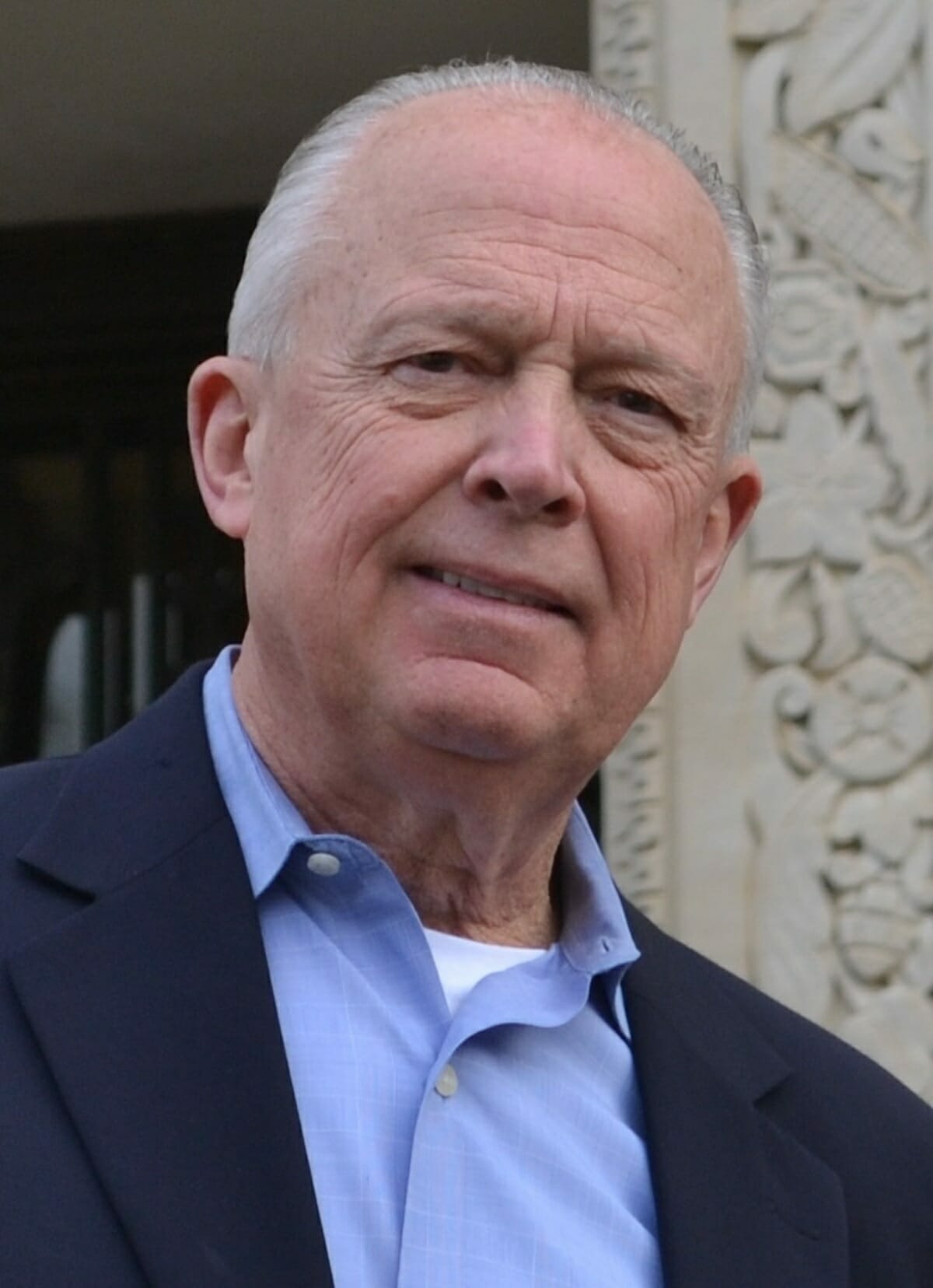It is Friday, and I’m at the Legacy Museum in Montgomery, Ala. The Museum is just across the street from the Montgomery Biscuits Ballpark and within 50 yards of Dreamland Bar-B-Que. This museum is sometimes called the Lynching Museum, and this was our second visit.
My mother’s people were small farmers from Eastern N.C., and the Martin and Duplin County menfolk fought for the Confederacy.
My father’s people were from Ohio, Catholic, and at least one of these German immigrants rode (in the Civil War) with George Custer.
When I came of age I cleaved to the Southerners and the Southern side and, to a large extent, bought into the notion of the Lost Cause. These days I’ve struggled to better understand slavery, Reconstruction, Jim Crow, the Great Migration and Lyndon Johnson’s efforts to legislate an end to state sponsored segregation.
One’s visit to the Legacy begins with a wall-sized video image of an angry ocean. The ocean comes right at you and, of course, one instinctively ducks as the waves throw water onto the camera lens.
Then one moves, walking in the semi-darkness, onto a silent beach littered with human heads. These beautifully rendered, terra cotta heads represent the two million souls who were lost in the Middle Passage.
From there one walks into another dark room with individual holding cells. In each of these cells there is a flickering, holographic African who pleads for release or, in the case of the caged children, for their mother.
Then one moves into Reconstruction — where surprisingly little is said about Beaufort or Robert Smalls. From Reconstruction its only a few steps to “Jim Crow” and then, finally, we’re at Lynching.
Lynching comes with inter-active monitors allowing one to dial-up specific lynchings on a county-by-county basis. In the case of South Carolina, Union and Florence Counties seemed to have done many more of these extra-judicial executions. Beaufort County not so much.
The Legacy has few artifacts. There are some photographs (at least one from the Smith Plantation in Port Royal) but mostly it’s huge graphics, wall-sized monitors and electronic maps showing slaves ships moving from Western Africa to Brazil, Barbados and to South Carolina. The Legacy takes one on a painful journey through a remarkably riveting tableau that tries, and succeeds, in telling the story of the Slave Trade in all of its horrific detail.
One leaves the Legacy saddened and wondering whether the sin of slavery — like that original, seminal transgression in the Old Testament — is passed down from father to son. And yes, there are those who argue that racism is a persisting virus that has no effective vaccine. Charles Bell, an early proponent of Critical Race Theory, wrote allegorical stories suggesting that white people remain incurably infected and that no amount of anti-viral legislation will change that genome.
If that is true how does one explain Lyndon Johnson’s legislation dealing with accommodations, housing, voting? What made this crude, sometimes vulgar Texan change his stripes and lead the charge for undoing the laws that legislated Blacks to the back of the bus.
How do you explain the Fritz Hollings’ turn-around in terms of integrating Clemson? How do you explain Dick Riley and his efforts to re-imagine education for every child in South Carolina?
The answer that one hears these days is that white folks and their racism have regrouped around Donald Trump — that Trump’s rise represents the persisting racism that has become fundamental and forever. Somehow Barack Obama’s election and all the 1960s legislation fall in front of Trump’s election.
The Legacy lays out the history of Slavery, Reconstruction and lynching in stark, artfully rendered detail. If you entertained any notions about the benevolence of our Southern ancestors, those notions are swept away in these half-lit rooms.
But it doesn’t deal with the question of where do we go from here.
After our visit to the Legacy, my wife and I had dinner at a downtown restaurant called Central. At Central we had drinks and a long discussion about the role of this museum — my wife making the point that there is no requirement that the museum offer up a solution.
The Legacy has described the problem, she said, and solutions are for teachers, preachers, legislators and, in the end, the American people.
Let us hope that the descendants of former confederates — like Lyndon, Fritz and Dick — have the courage, creativity and yearning to solve this ongoing problem.
Scott Graber is a lawyer, novelist, veteran columnist and longtime resident of Port Royal. He can be reached at cscottgraber@gmail.com.






